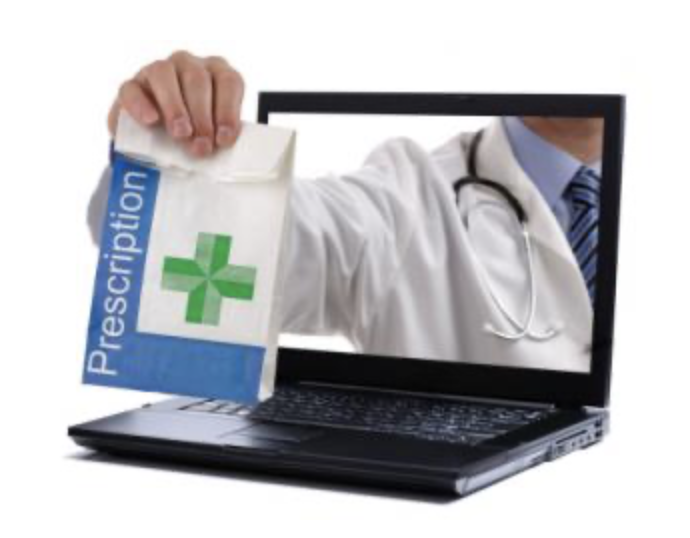I have moved almost completely to telemedicine. I only see patients in person when there are no alternatives, such as when they absolutely need a physical examination or a procedure or injection. Otherwise I stay at home as we all should except when necessity rules. I truly miss seeing folks in person, but it keeps me, my family, Amy, and you, my patients, safer. Perhaps more important, it means that everybody is a little safer since we’ll slow the transmission and not overwhelm hospitals.
The situation in New York City is horrific right now. Stay at home!
Oh, but there’s one thing that has frequently required that I be in the office and that Amy or I have direct contact with patients: the paper prescriptions required for Schedule C-II controlled substances. Not only do they have to be on paper, but they cannot have refills so you have to get one for every 30 days.
Electronic prescribing systems have been around for over a decade, but I have resisted using them. Why?
Well, for the most part they’re horrible to use. I can transmit a signed prescription by fax in a few seconds — it’s fast and efficient, as long as the pharmacy doesn’t decide to shred the received prescription. E-prescribing systems seem to all have web front ends that were designed by folks who came out of the database management world, where the mantra is “make the user bend to the will of the computer.” Every doc has written hundreds of prescriptions and can type one out in seconds, but the e-prescribing systems make you search, and click, and use popup menus and picker lists and checkboxes and buttons — all for a single prescription. The result is that mistakes are unavoidable (though I’m sure one justification for the horrendous user interface is “it will cut down on errors”). And it’s s-l-o-w. A decade or so ago, I made a video contrasting a free-form prescription entry system (disclosure: it was Sacdoc, which I designed) with a typical e-prescribing system of the time. Don’t want to watch? Bottom line is that the prescription and attendant documentation took 58 seconds to write in Sacdoc (it was an unusually complex Rx) but over five minutes using the e-prescribing system. Unfortunately, while Sacdoc has gotten even better, things in the stand-alone e-prescribing world seem to have stagnated in the last ten years.
Another problem is that I try really hard to limit the number of people who have access to my patients’ information. People think HIPAA is a privacy law, but it’s almost the opposite. HIPAA allows (sometimes requires) healthcare providers and organizations to share health information with anybody who promises to only share the information with anybody who promises to only share the information with anybody who promises… You get the picture. So the only way to really keep the information private is to not let it out in the first place. But e-prescribing companies have access to a huge amount of your personal information which they might aggregate and “anonymize” (data anonymization has largely been proven to be a fantasy) or otherwise share with other entities under the gaping privacy holes provided by HIPAA.
Still, there are times (such as this current pandemic) when trying to use old-fashioned paper is just too risky. Since the DEA has temporarily agreed to allow telemedicine visits for prescribing controlled substances, it makes sense to use e-prescribing in a limited way right now. (Please note that the DEA exception is temporary and, presumably, after the pandemic and stay-at-home orders have passed, there will once again be a requirement to be seen in person if we’re prescribing controlled medications. Also note that telemedicine visits must be audio-visual — phone calls are not acceptable).
So these days I can probably send your C-II prescriptions directly to the pharmacy so you (and I!) can stay at home as we should. I won’t be happy about it, because it will take a lot more time, and I probably cannot do it during the office visit, because I need that time to do medicine with you, not kowtow to a badly-programmed machine. But at least it works. Bonus: the pharmacy will have nothing to shred.
